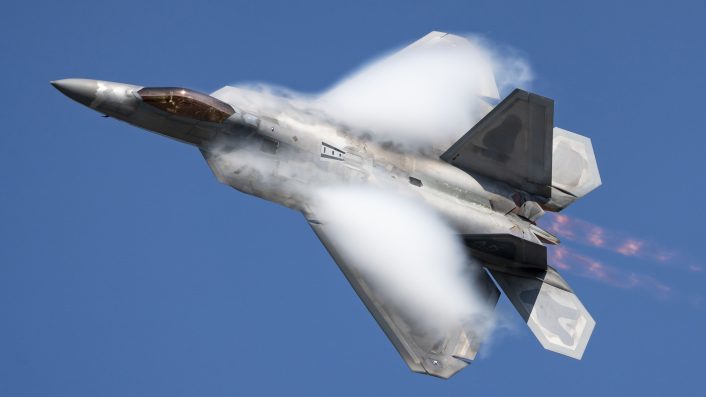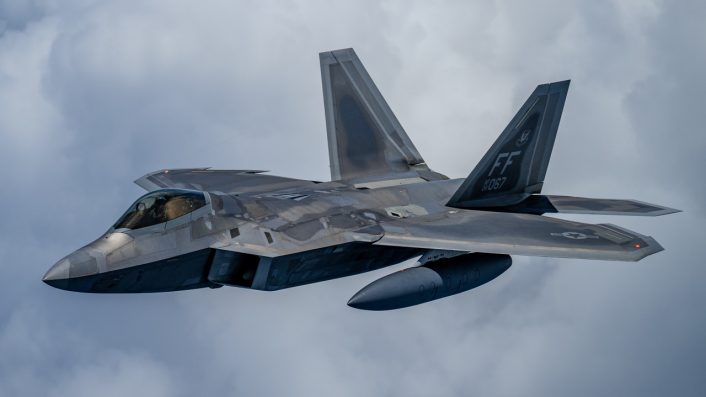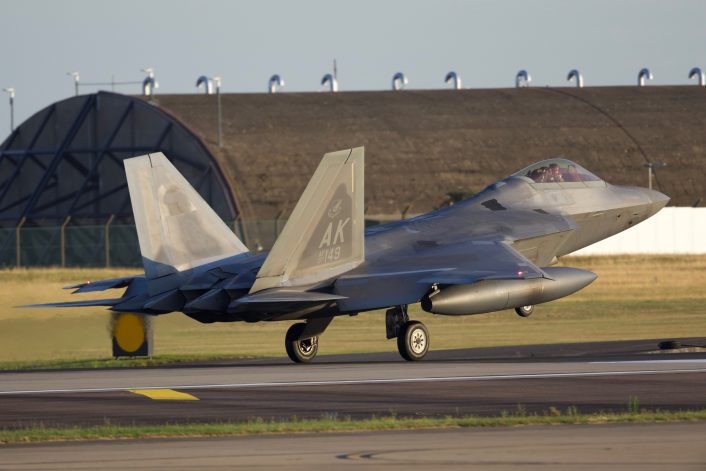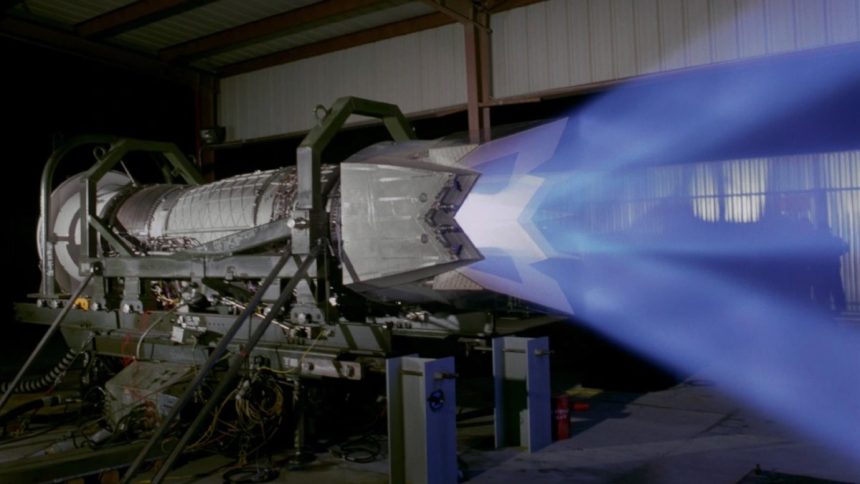Pratt & Whitney secured a three-year contract to sustain the F119 engines which power the U.S. Air Force’s F-22 fleet.
Pratt & Whitney has been awarded a $1.5 billion contract to keep sustaining for three more years the F119 engines, which power the U.S. Air Force’s F-22 fighter jets. The contract will improve readiness and reduce costs for an F119 fleet of more than 400 engines that have flown over 900,000 engine flight hours, mentions the company’s statement.
“The F119’s readiness and reliability rates have never been more important, and we are improving both while lowering lifecycle costs,” said Jill Albertelli, president of Military Engines at Pratt & Whitney. “We are committed to helping our U.S. Air Force customer maintain the F-22’s combat edge.”
The contract covers “integrated logistics support, which means engineering, forecasting, manufacturing, purchasing and part order,” according to officials. Although it has not been specified if this is part of the contract, P&W is also working on “incremental modernization” of the F119.
“We’re currently in discussions with the Air Force and Lockheed [Martin] about initiating another update,” said Caroline Cooper, Pratt’s executive director for the F119. Cooper noted that “the engine will play a critical role” in supporting the current modernization of the F-22 Raptor.

The F119 engine
The Pratt & Whitney F-119-PW-100 is a low bypass ratio afterburning turbofan which powers the F-22 Raptor. The engine is considered the first operational fifth generation fighter engine, and the most advanced production engine combining stealth technologies and vectored thrust with high thrust-to-weight performance.
The F119 engine is equipped with a unique two-dimensional pitch vectoring exhaust nozzle which helps to deliver increased maneuverability. This convergent/divergent nozzle vectors thrust as much as 20 degrees up or down, says P&W, with the nozzle position management integrated with the F-22 flight control system and automatically regulated by the Full-Authority Digital Electronic Control (FADEC).
The FADEC also features advanced diagnostics and on-condition management capability for maintenance awareness, autonomic logistics support and automatic field and test data processing. Speaking of maintenance, P&W said in its press release that it has been able to lower costs on its F119 engines through Usage Based Lifing.
The Usage Based Lifing (UBL) program for the F119 engine fleet was first launched in 2022 and “leverages real-time data to enhance maintenance efficiency and extend engine life, while also improving the engine’s kinematic performance with an engine control schedule update,” the company said.

Explaining how it works, P&W said that UBL digitally combines aircraft flight data with state-of-the-art maintenance engineering algorithms, allowing to plan engine maintenance when it’s actually needed. This has been described as able to maximize both readiness and maintenance cost savings, with the expectancy to save the U.S. Air Force over $800 million over the life of the program.
“Through UBL, we leverage real-time flight data tracking; the actual wear-and-tear on engine parts,” Cooper said. “We get to see how the engine is reacting to the pilots’ needs versus simulator scenario planning. We use this data strategically to support sustainment needs, providing maintenance when it’s actually needed, versus when it’s forecast to be needed.”
The company is now looking to expand UBL to another of its products, the F135 engine which powers the F-35 Lightning II. The F135 is based on the technology of the F119, with P&W describing the latter as the “forefather” of the former.
The data collected with UBL has also been used to upgrade the engine, specifically a software change to the FADEC, which allowed “to enable greater kinematic performance.” The upgrade took less than a year, as mentioned by Cooper: “From thorough flight data analysis and pilot interviews, we identified a desire to increase thrust. So, thanks to a software update that we delivered to Lockheed Martin in under a year, we were we were able to unlock enhanced performance for our engine.”
Additionally, the company is working on applying its experience with additive manufacturing matured on the F135 engine to the F119. Commonly known as 3D printing, the technology would allow “not only to help simplify the supply chain, but also reduce production time and cost while leading to increased readiness,” Cooper explained.

F-22 upgrades
The F-22 is receiving a plethora of upgrades as part of an improvement campaign that calls for $7.8 billion in investments before 2030, which includes $3.1 billion for research and development and $4.7 billion in procurement. While the Air Force previously planned to retire the oldest Raptors, the service now appears to be reconsidering that plan and focusing on sustaining an air superiority combat capability for a highly contested environment.
In fact, with the upgrades it will receive, the Raptor is expected to continue flying well into the 2030s, especially with the uncertainty surrounding its supposed replacement, the Next Generation Air Dominance manned fighter. Some of the upgrades expected for the F-22 Raptor were unveiled in the Fiscal Year 23 budget request documentation and in an official artwork shared by Gen. Mark Kelly, then Commander of Air Combat Command, with more revealed in the following years.
The latest upgrade, announced earlier this year, will see Lockheed Martin integrate a system of next-generation infrared defensive sensors on the F-22 Raptor. The system, known as the Infrared Defensive System (IRDS), will add a distributed set of embedded TacIRST sensors to enhance the F-22’s survivability and lethality.
With Cooper mentioning that “the engine will play a critical role” in supporting the upgrade, it’s easy to imagine that the F119 engines need to provide an improved power generation and thermal management to support the power requirements of the new systems and their weight to preserve the excellent performance of the F-22.









